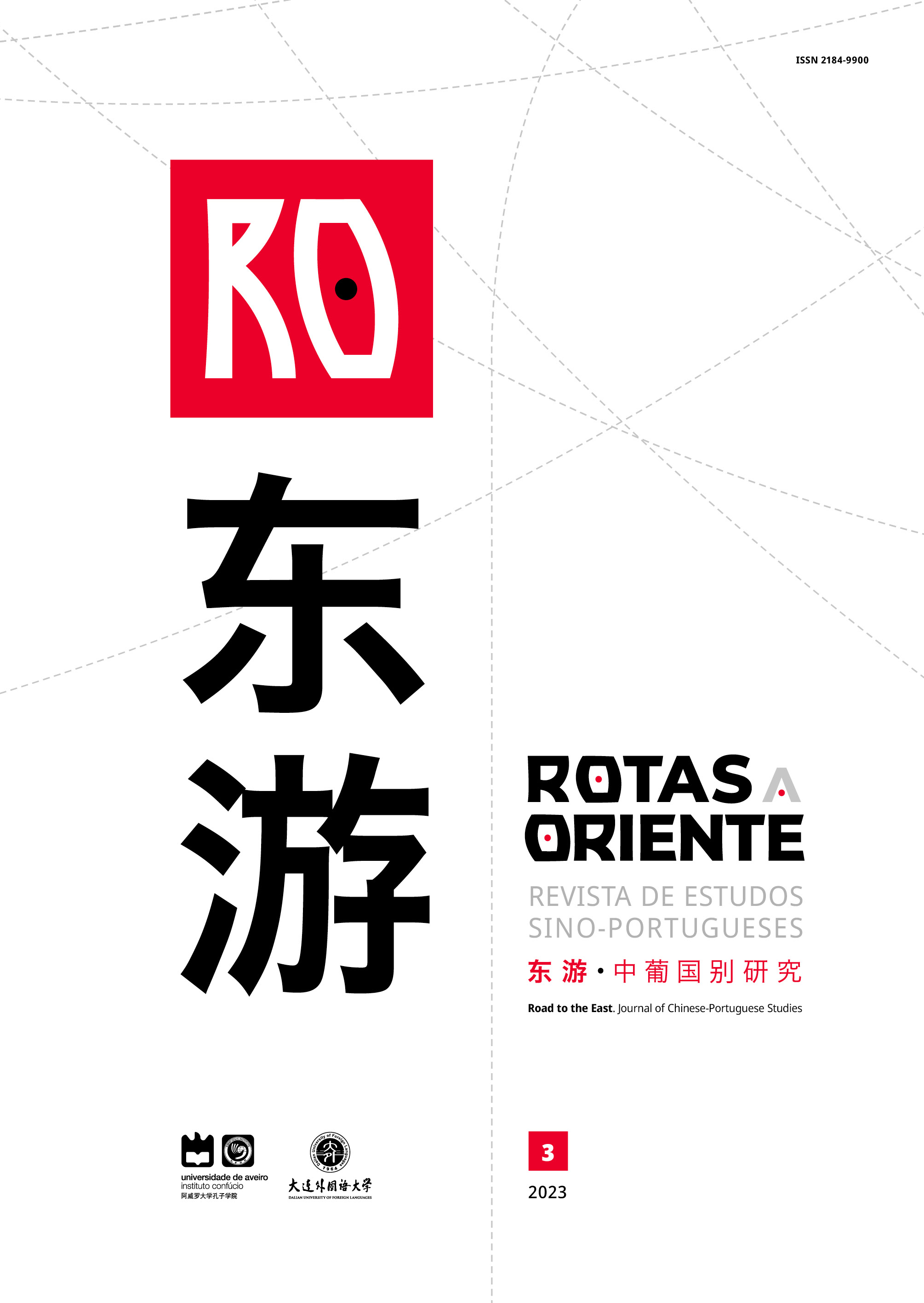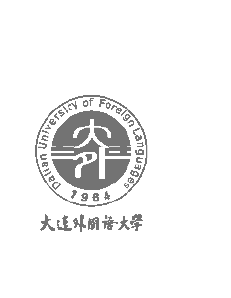Gastrodiplomacia e a tradução dos menus chineses: o caso de Aveiro
Resumo
A gastrodiplomacia, uma nova estratégia para promover o soft power, coloca novas exigências à indústria da restauração nacional no estrangeiro, entre as quais, a tradução dos menus constitui uma parte integral dessa estratégia sendo cada vez mais valorizada pela comunidade científica. No caso da China, apesar de ter a sua culinária espalhada pelos quatros cantos da Terra, mel- horar a tradução dos menus continua a ser uma tarefa urgente e importante. Na perspectiva da gastrodiplomacia e do funcionalismo, são identificados dois objetivos da tradução dos menus chineses, apresentar informações reais e transmitir valores culturais, pelo que são analisados neste artigo os problemas típicos de tradução detectados nos menus dos restaurantes chineses no concelho de Aveiro.
Referências
Anholt, S. (2013). Beyond the Nation Brand: The Role of Image and Identity in International Relations. Exchange: The Journal of Public Diplomacy, 2(1), 6-12.
Baker, M. (Ed.). (1998). Translation Research and Interpreting Research: Traditions, Gaps and Synergies. Bristol: Multilingual Matters.
Chesterman, A. (Ed.). (1989). Readings in Translation Theory. Helsínquia: Finn Lectura.
Chen, J. J. (1993). Análise sobre a Tradução Inglesa de Pratos Chineses. Chinese Translators Journal, 93(2), 34-36.
Chapple-Sokol, S. (2013). Culinary Diplomacy: Breaking Bread to Win Hearts and Minds. The Hague Journal of Diplomacy, 8, 161-183.
Ding, N. (2012). A Comunidade Chinesa em Portugal: acerca de atividades económicas, asso-ciativismo, integração e a segunda geração (Dissertação de mestrado). Universidade do Minho, Braga.
Duan, Z. H., & Zhang, Y, (2019). On the Current Situation and Strategies of Chinese Menu Translation from the Perspective of Skopos Theory. Journal of Heilongjiang College of Education, 38(7), 130-132.
Fu, G. W. (2010). Application of Skopostheory in Translation of Chinese Menu. J.ShanxiAgric.Univ.(SocialScienceEdition), 9(2), 248-252.
Hu, H. Y. (2006). A General Research of the Translation of Chinese Dishes. Culinary Science Journal of Yangzhou University, 25(91), 56-59.
Holz-Mänttäri, J. (1984). Translatorisches Handeln: Theorie und Methode. Helsínquia: Suo-malainen Tiedeakatemia.
Kotler, p. , & Gertner, D. (2002). Country as brand, product, and beyond: a place marketing and brand management perspective. Journal of Brand Management, 9(4/5), 249-261.
Lipscomb, A. (2019, Março). Culinary Relations: Gastrodiplomacy in Thailand, South Korea, and Taiwan. The Yale Review of International Studies. http://yris.yira.org/essays/3080
Leonard, M. (2002). Public Diplomacy. Londres: The Foreign Policy Centre.
Liu, Q. B. (2003). Métodos e Princípios da Tradução para o Inglês dos Nomes do Prato Chinês. Chinese Science & Technology Translators Journal, 16(4), 52-53.
Liu, Z. Y. (1990). Tradução para inglês dos pratos chineses precisa de revisão urgente. Chinese Translators Journal, 90(5), 11-13.
Matakafusa. (2016, Fevereiro 17). “Culinary diplomacy or Gastro diplomacy” everything serve. Public Diplomacy and Global Communication 2015c. https://pdgc2015c.wordpress.com/2016/02/17/culinary-diplomacy-or-gastro-diplomacy-everything-serve/
Munday, J. (2016). Introducing Translation Studies - Theories and applications (4th ed.). Londres: Routledge.
Nord, C. (1997). Translating as a Purposeful Activity: Functionalist Approaches Explained. Manchester: St Jerome.
Nord, C. (2005). Text Analysis in Translation: Theory, Methodology and Didactic Application of a Model for Translation-Oriented Text Analysis. Amesterdão: Rodopi.
Nye, J. S. (2004). The Means to Success in World Politics. Nova Iorque: Public Affairs.
Nye, J. S. (2008). Public Diplomacy and Soft Power. The ANNALS AAPSS, 616(1), 94-109. Reynolds, C. (2012). The Soft Power of Food: A Diplomacy of Hamburgers and Sushi? Food Studies, 1(2), 47-60.
Reiss, K., & Vermeer, H. (1984). Grundlegung einer allgemeinen Translationstheorie. Tubingen: Niemeyer.
Rockover, p. (2010, Setembro 14). The Gastrodiplomacy Cookbook. HUFFPOST. https://www.huffpost.com/entry/the-gastrodiplomacy-cookb_b_716555
Solleh, F. M. (2015). Gastrodiplomacy as a Soft Power Tool to Enhance Nation Brand. Journal of Media and Information Warfare, 7, 161-199.
Sonenshine, T., Rockover, p. , Chapple-Sokol, S., & Weaver, G. (2016). Culinary Diplomacy, Gastrodiplomacy, and Conflict Cuisine. Is The Kitchen the New Venue of Foreign Policy https://www.jstor.org/stable/pdf/resrep10919.6.pdf
Venuti, L. (Ed.). (2004). The Translation Studies Reader, 2nd edition. Londres: Routledge.
Wang, S. Y., & Lu, Y. B. (2020). Equivalência Contextual na Tradução entre Chinês e Português - Análise de Alguns Casos Concretos. Diacrítica, 34(3), 156-179.
Wang, W. J. (2006). Tradução dos menus chineses de uma perspectiva teleológica. Journal of Higher Correspondence Education, (1), 88-90.
Yan, S. Q. (2018). Análise da Restauração Chinesa em Portugal e As Estratégias de Desenvolvimento Futuro. (Dissertação de mestrado). Universidade de Aveiro, Aveiro.
Yang, Y. (2019). A Utilização das Teorias Funcionais na Tradução Inglesa de Menus Chineses. PINWEI & JINGDIAN, 8(3), 24-25.
Zhang, J. Y. (2015). The Foods of the Worlds: Mapping and Comparing Contemporary Gastrodiplomacy Campaigns. International Journal of Communication, 9, 568-591.
Zhang, Y., & Fang, J. Y. (2020). Translation as the Mediation of Cross-Cultural Communication: The Case of Menus in Macau. IETI Transactions on Social Sciences and Humanities, 10, 12-20.
Direitos de Autor (c) 2023 Li Guofeng, Wang Suoying

Este trabalho está licenciado com uma Licença Creative Commons - Atribuição 4.0 Internacional.
Os direitos permanecem com os autores.
Licença Creative Commons: Atribuição 4.0 Internacional.








